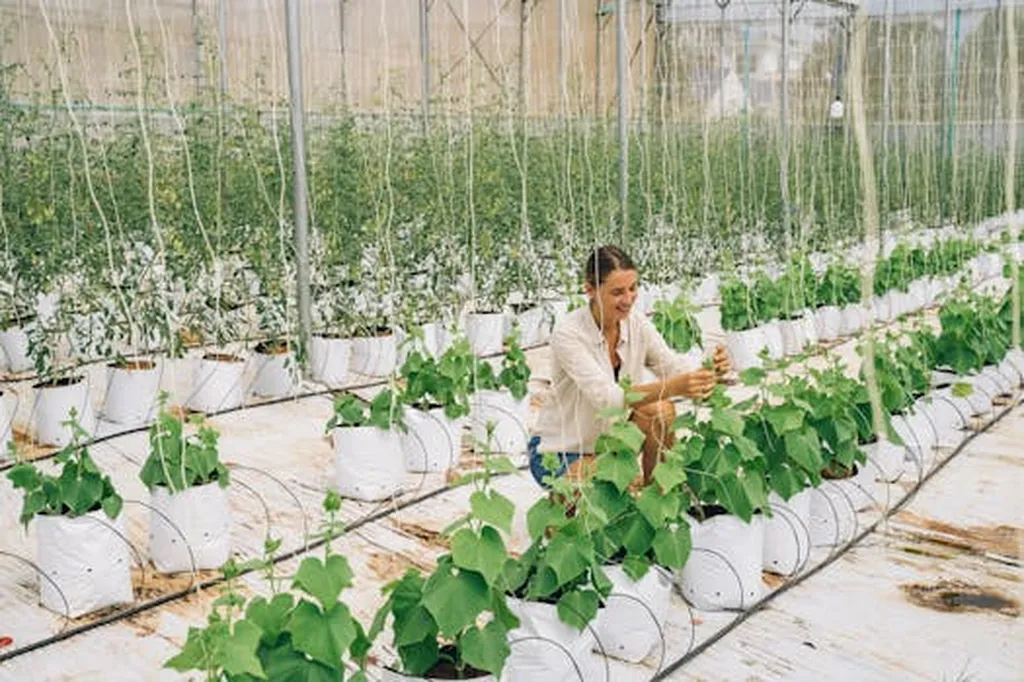The global agricultural sector is undergoing a quiet but profound transformation, driven by the rapid adoption of datacasting—a technology that delivers critical farming data via terrestrial radio and television signals. By 2025, the datacasting agriculture market is projected to surpass $350 million in value, a clear indicator of its growing importance in modern farming. Even more telling is the forecast that over 60% of smart farms will integrate datacasting for real-time data exchange within the same timeframe, signaling a shift toward more connected, efficient, and resilient agricultural systems.
At its core, datacasting solves a persistent challenge in agriculture: unreliable or nonexistent internet connectivity in rural and remote areas. Unlike traditional data transmission methods that depend on cellular or broadband networks, datacasting leverages existing broadcast infrastructure to disseminate essential information—such as weather forecasts, pest alerts, soil moisture readings, and market prices—directly to farmers. This approach ensures that even those operating in regions with poor digital infrastructure can access actionable insights without delay.
The implications of this technology extend far beyond basic connectivity. For precision agriculture, datacasting enables near real-time adjustments to irrigation, fertilization, and pest control, optimizing resource use and reducing waste. Farmers can receive high-definition satellite imagery, AI-driven predictive alerts, and localized agronomic recommendations—all delivered through broadcast signals. This capability is particularly valuable in large-scale operations where split-second decisions can impact yields and profitability.
Beyond efficiency gains, datacasting plays a crucial role in bridging the digital divide. Smallholder farmers, who often lack access to high-speed internet, can now benefit from the same data-driven tools as their larger counterparts. Governments and agricultural extension services are increasingly using datacasting to broadcast critical advisories, market intelligence, and emergency alerts, ensuring that no farmer is left behind in the digital revolution.
The market’s response reflects this technology’s potential. Equipment manufacturers are embedding datacasting receivers in tractors, drones, and irrigation systems, while agtech startups are developing platforms that integrate broadcast data with other digital services. As adoption accelerates, datacasting is poised to become a cornerstone of smart farming, enabling a more inclusive, productive, and sustainable agricultural future.
What makes this shift particularly significant is its scalability. Since datacasting relies on existing broadcast networks, it requires minimal additional infrastructure, making it a cost-effective solution for widespread deployment. For farmers, this means lower barriers to entry for advanced agricultural technologies. For the industry, it represents a step toward a more equitable and data-rich farming ecosystem—one where real-time information is not a luxury but a standard tool for success.

